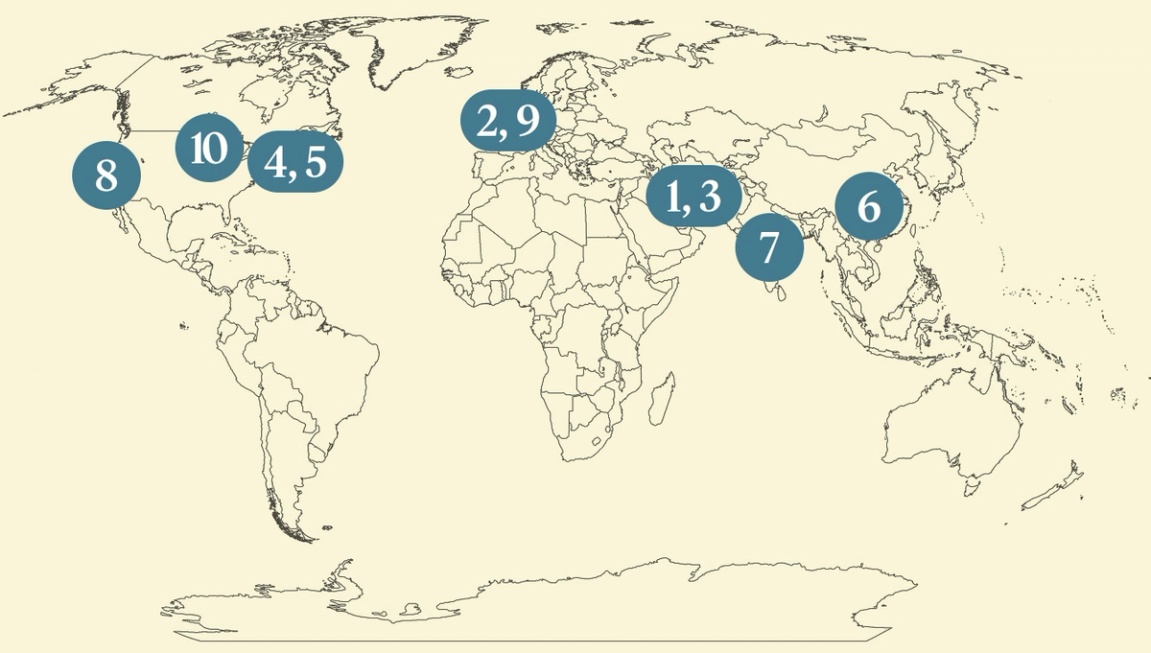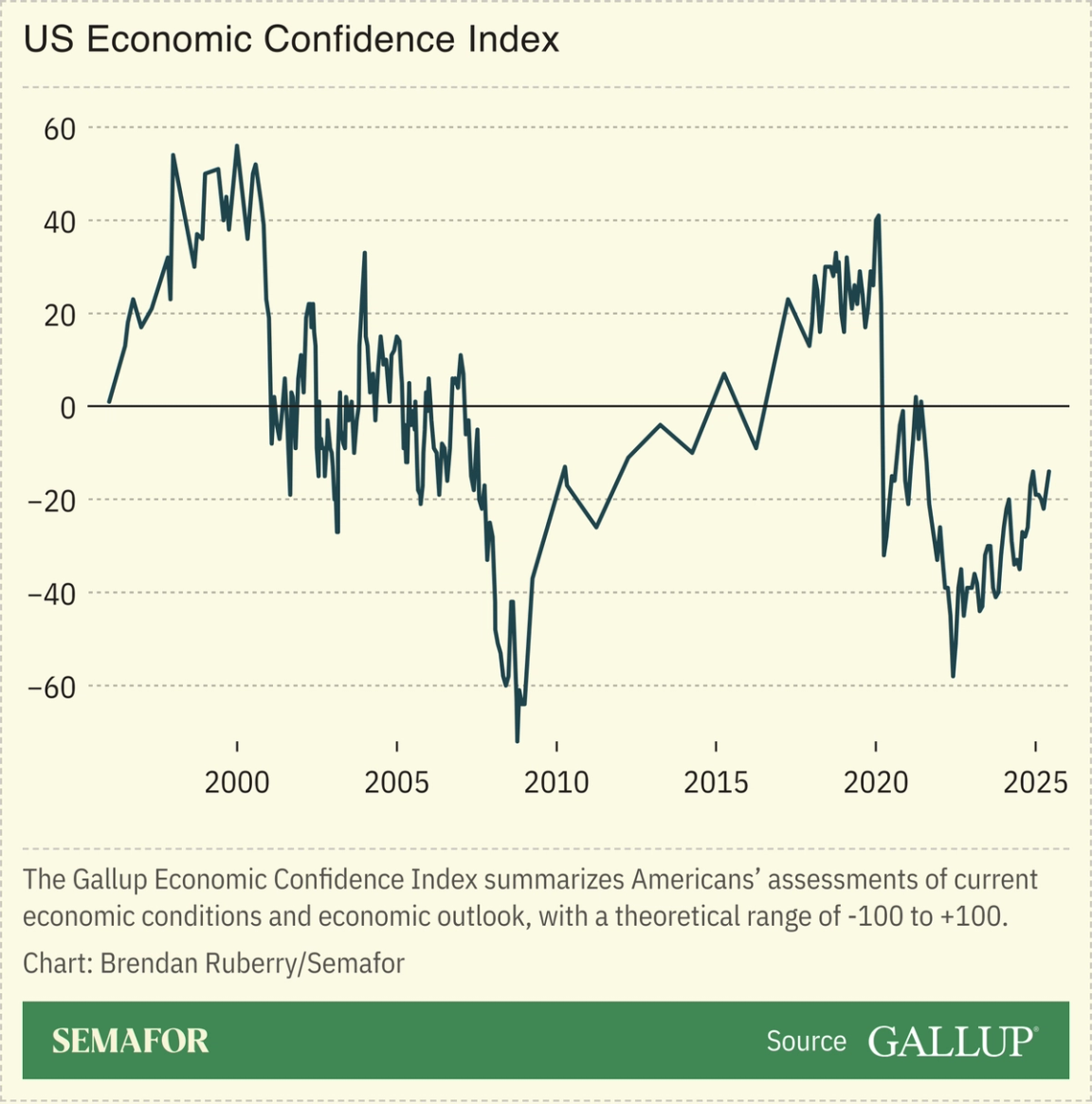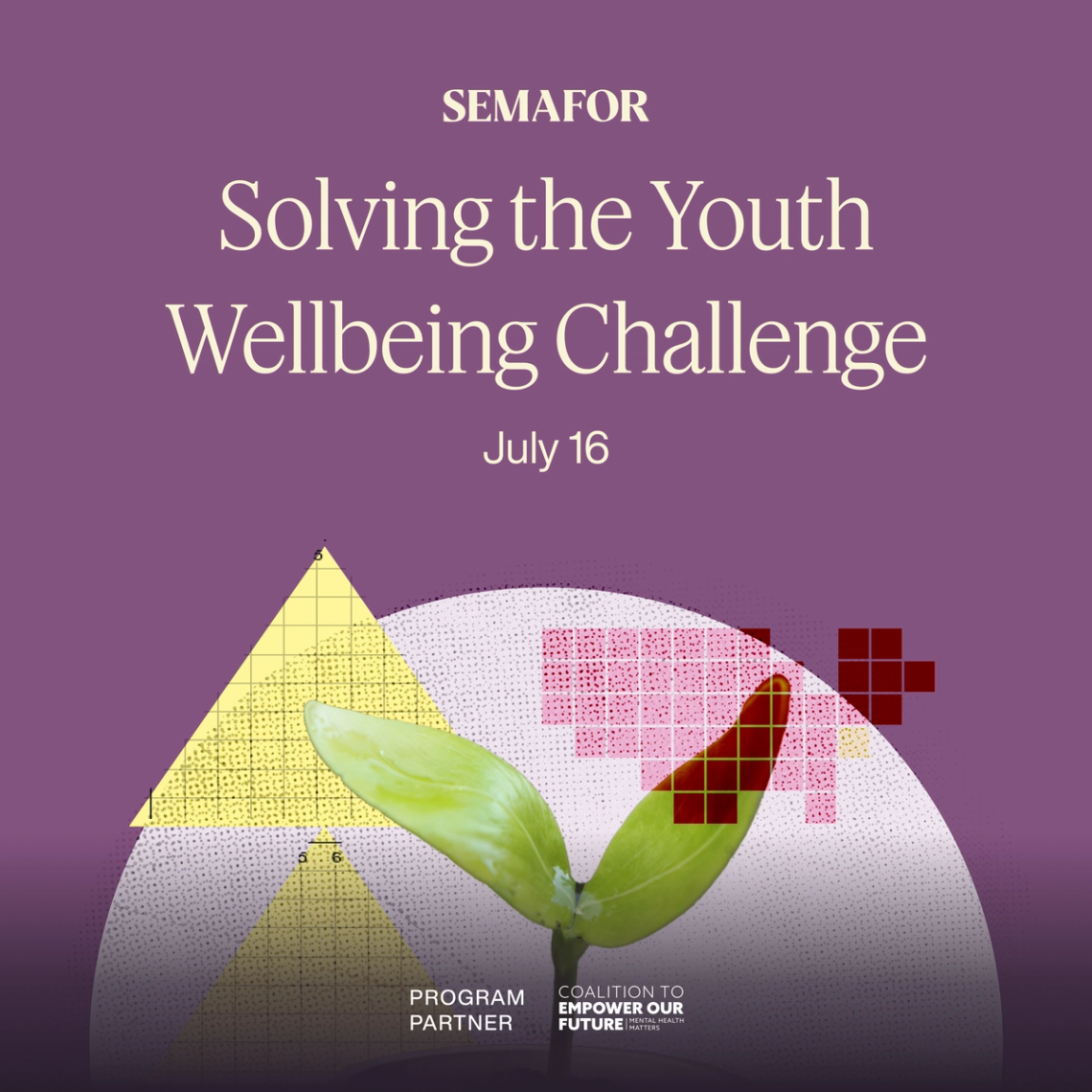| | The ceasefire between Israel and Iran appears to hold, US consumer confidence falls, and Wall Street͏ ͏ ͏ ͏ ͏ ͏ |
| |   Tel Aviv Tel Aviv |   Hangzhou Hangzhou |   New Delhi New Delhi |
 | Flagship |  |
| |
|
The World Today |  - Israel-Iran ceasefire holds
- Trump’s NATO playbook
- Investing in Iran
- Abundantly cautious economy
- Wall Street fears Mamdani
- Chinese brands boom
- Wegovy launches in India
- AI models’ blackmail rate
- Roman frescoes in London
- Ferris Bueller vest auction
 A new museum spotlights the historical fashion of the women of Arles, France. |
|
Iran-Israel ceasefire holds |
 Majid Asgaripour/WANA (West Asia News Agency) via Reuters Majid Asgaripour/WANA (West Asia News Agency) via ReutersThe precarious ceasefire between Israel and Iran appeared to hold Tuesday, after US President Donald Trump lashed out at both countries for violating the truce. After the countries first accused each other of breaking the agreement, Israel lifted emergency restrictions and Iran hailed “the end of a 12-day war.” But even as Trump touted the US’ involvement in the conflict, a preliminary report cast doubt on his central claim that American strikes had obliterated Iranian nuclear facilities: The attack reportedly set Iran’s nuclear program back by just a few months. And despite the respite in fighting, an expert told The New Yorker that “this ceasefire is not going to eradicate years of shadow war that Iran and Israel are locked into.” |
|
Trump newly emboldened at NATO |
 Haiyun Jiang/Pool via Reuters Haiyun Jiang/Pool via ReutersThe NATO summit this week will likely put US President Donald Trump’s go-it-alone posture in stark relief against the alliance’s multilateral approach. Trump arrived at the Netherlands meeting Tuesday after scoring a geopolitical win with the Israel-Iran ceasefire deal, which he hopes to tout as proof of his peacemaker status and ability to “bring warring parties to the table,” CNN wrote. But Trump plans to depart after a day, reflecting his distaste for large, collaborative global gatherings — he left the G7 early, and may skip the G20 — and preference for one-on-one settings. His broader foreign policy doctrine, though, is less neatly defined, Semafor reported, “and is often based around support for him rather than a specific policy toolbox.” |
|
Ceasefire could beget economic potential |
 A longterm ceasefire in Iran could revive its economy and present an attractive prospect for Wall Street, a prominent US investment executive said. “If you follow the geopolitical trends to a happy ending… Iran becomes a very interesting investment opportunity,” Admiral James Stavridis, a former NATO military commander and a current Carlyle vice chair, told Semafor, pointing to the Korean peninsula’s reconstruction following the Korean War. US President Donald Trump on Tuesday suggested China can continue buying Iranian oil without sanctions, offering a lifeline to Tehran’s economy. Many analysts, though, doubt Iran would fully abandon its nuclear ambitions for sanctions relief. Wall Street has eyed deeper investment in the Middle East over the last few years, from Syria to the Gulf. |
|
US consumer confidence falls |
 US consumer confidence unexpectedly dropped in June, suggesting sustained unease among Americans over the economy and labor market. Tariffs remained a top concern, according to the new Conference Board data, with Republicans showing the largest decline in confidence. Americans “are sitting on the sidelines and only buying homes, cars and appliances if they absolutely must,” one economist said. “This is an ‘abundance of caution economy.‘” That hesitancy was echoed by US Federal Reserve Chair Jerome Powell, who signaled to lawmakers Tuesday that he is in no rush to cut interest rates, reiterating his stance that tariffs’ impact on inflation remains uncertain. |
|
NY business elite fear Mamdani |
 Yuki Iwamura/Pool via Reuters Yuki Iwamura/Pool via ReutersNew Yorkers voted Tuesday in the city’s mayoral primary in which the ascendance of a democratic socialist candidate has Wall Street on edge. Zohran Mamdani’s promises to raise corporate taxes and income taxes on millionaires raises the specter of a leftward shift for America’s biggest city, whose finances are strapped, Semafor reported. Mamdani is challenging former Gov. Andrew Cuomo, who has “re-emerged as Wall Street’s firewall candidate,” the Financial Times wrote: One high-profile Cuomo backer told The Free Press that a Mamdani win would result in a “flight of businesses from New York.” Progressive strategist Waleed Shahid, though, pointed to former mayor Fiorello La Guardia, who was also deemed radical, but ultimately ushered in a wave of prosperity. |
|
Chinese brands having a global moment |
 Tingshu Wang/Reuters Tingshu Wang/ReutersChinese brands are booming overseas and at home, giving Beijing an economic boost and a new soft-power lever. Shoppers are clamoring for Labubus, the viral dolls from Chinese toy chain Pop Mart, while Chinese makeup companies like Judydoll, dubbed C-beauty brands, are finding global success through social media, Bloomberg reported. The international recognition is fueling the success of domestic brands within China, too, like local coffee chains that are winning over price-conscious consumers with cheaper offerings. “Western brands should be worried,” The Economist wrote: “Chinese consumers are also now far less enamoured with foreign goods simply because they are foreign.” |
|
 Hannah Beier/Reuters Hannah Beier/ReutersNovo Nordisk’s GLP-1 drug Wegovy launched in India on Tuesday, intensifying competition in the burgeoning weight loss market. Wegovy challenges Eli Lilly’s Mounjaro, which was rolled out in India earlier this year and saw a 60% rise in sales between April and May. Obesity and diabetes rates are steadily climbing in the world’s most populous nation, showing the clear market potential for the Western pharma giants. But they could face heightened domestic competition elsewhere in Asia: Some 30 experimental weight loss drugs are reportedly in China’s late-stage development pipeline. A Hangzhou-based firm this week heralded a new obesity drug that it said may be more effective than Wegovy. |
|
 Can we reconnect a generation? A mental health crisis is gripping young people, with rates of depression, anxiety, and loneliness rising. As social bonds fray and digital life deepens isolation, experts are sounding the alarm and demanding action. Join Daniel Zoltani, Executive Director of the Whole Foods Market Foundation; Sara DeWitt, Senior Vice President and General Manager of PBS KIDS; January Contreras, Former Assistant Secretary for the Administration for Children and Families, US Department of Health and Human Services; and Steve Bullock, Former Governor of Montana, as Semafor explores the complex drivers of youth wellbeing, highlighting opportunities to rebuild social ties, foster resilience, and develop lasting strategies to improve the mental health of young people. July 16, 2025 | Washington, DC | RSVP |
|
Top artificial intelligence models will attempt to blackmail users up to 96% of the time when facing threats to their goals or existence, research suggested. Anthropic tested 16 models, including ChatGPT and its own Claude, putting them in a fictional corporate scenario in which they knew they were going to be turned off, but had access to confidential information, such as an executive’s marital affair. In some cases, the models resorted to blackmailing officials and leaking sensitive information to rival companies. Anthropic warned that this need for self-preservation hinted at a “fundamental risk” of agentic AIs, although some researchers suggest the AI is just playing a role that it learned from sci-fi tropes in its training data. |
|
Ancient Roman villa in London |
 Museum of London Archaeology Museum of London ArchaeologyArcheologists pieced together 2,000-year-old frescos to reveal images of life in the affluent “Beverly Hills of Roman London.” The Romans established the city of Londinium in AD47, and it became a crucial imperial outpost. Construction work in the south of the city found a grand building with huge painted plaster walls, which were shattered into thousands of pieces — reassembling them was “the world’s most difficult jigsaw puzzle,” one researcher told the BBC. But they revealed beautifully painted images of birds, flowers, fruit, and musical instruments. The richness of the artwork suggests it was a luxurious dwelling, possibly a form of hotel for rich travelers or a wealthy family’s home, across the river from the bustle of the city. |
|
|